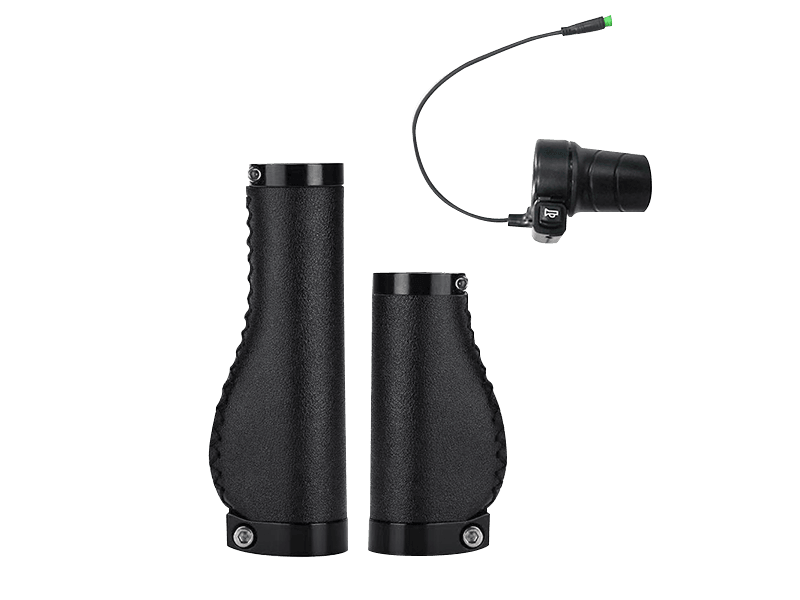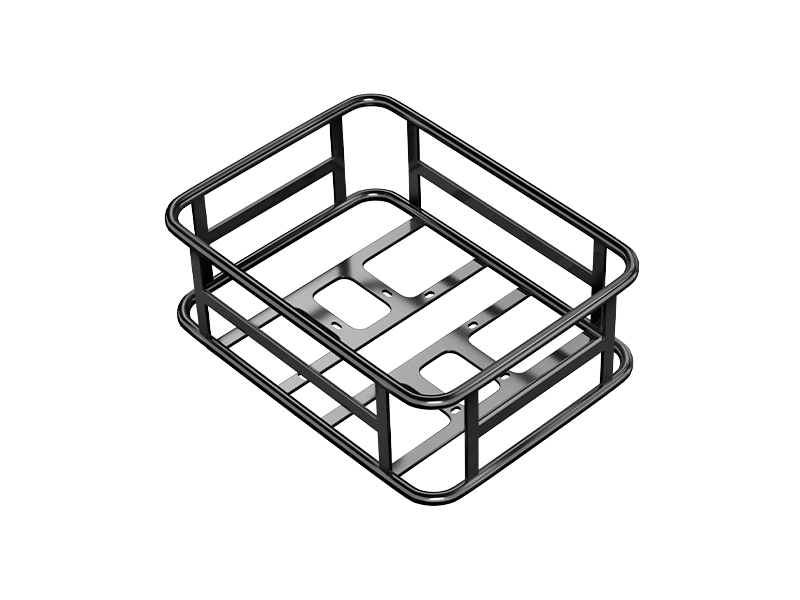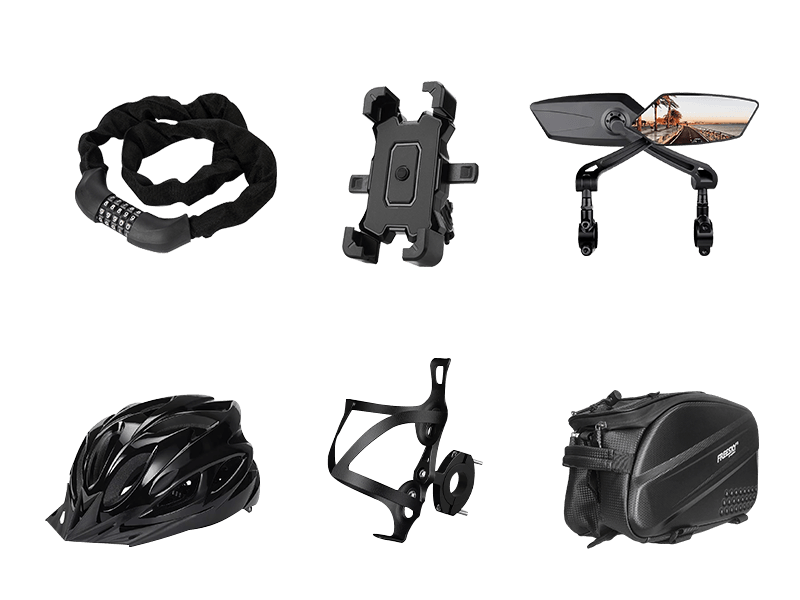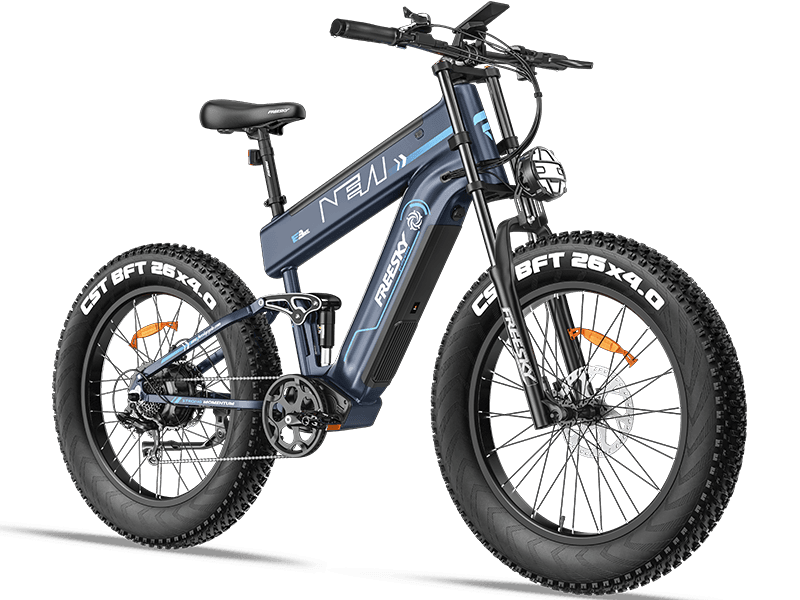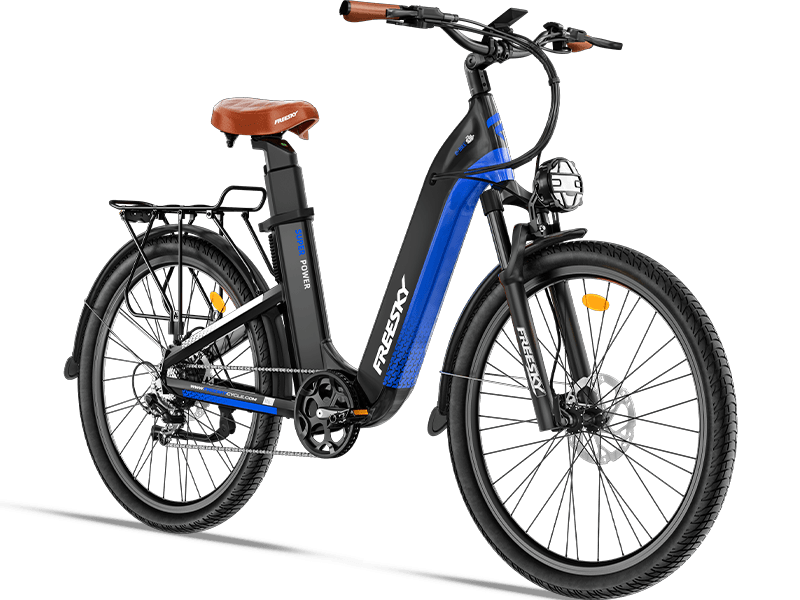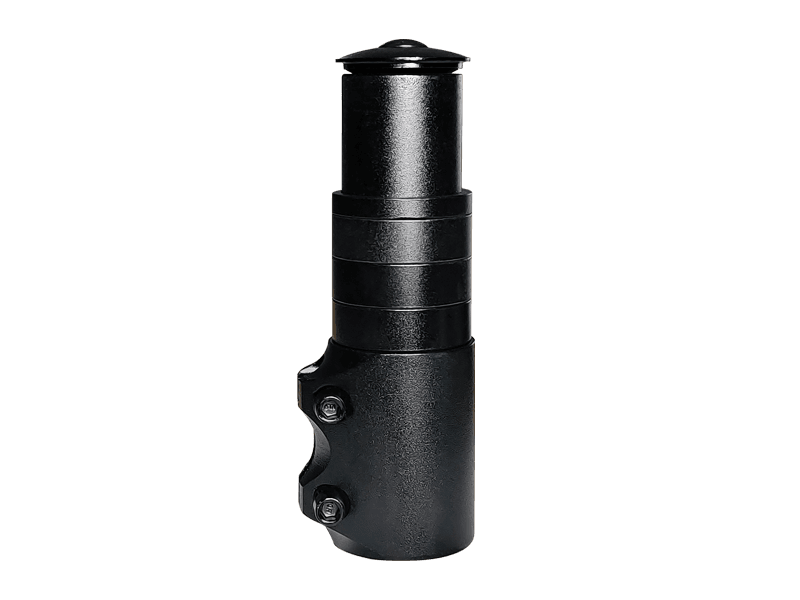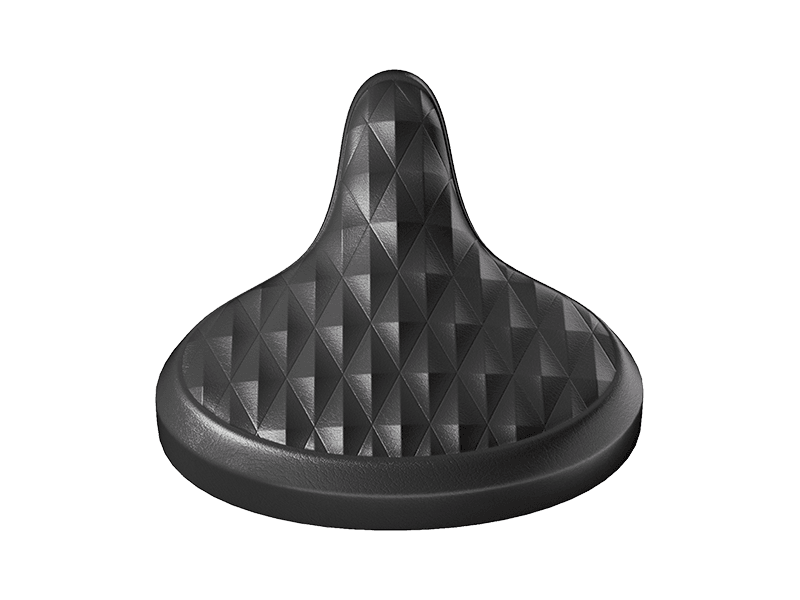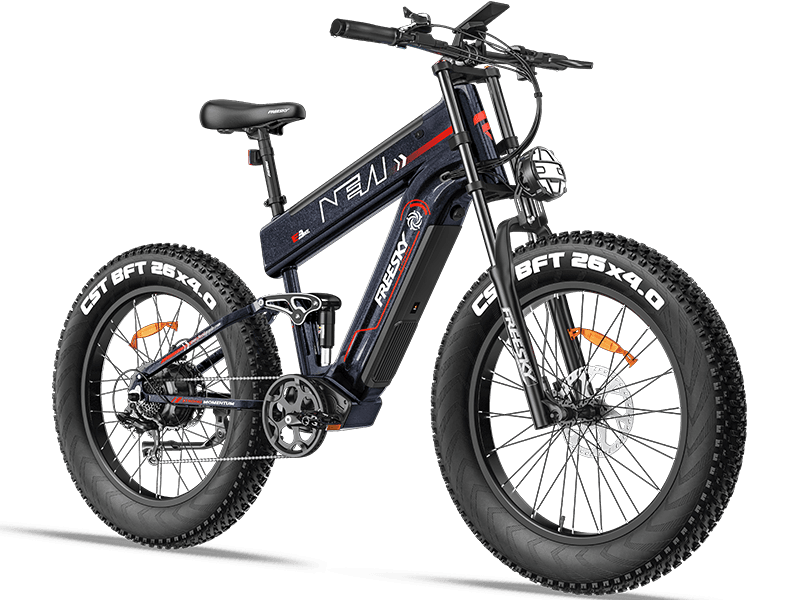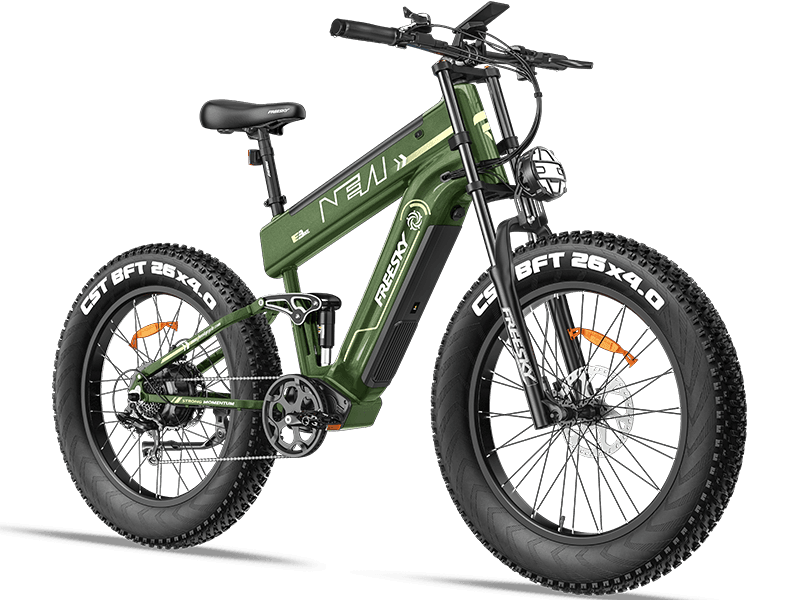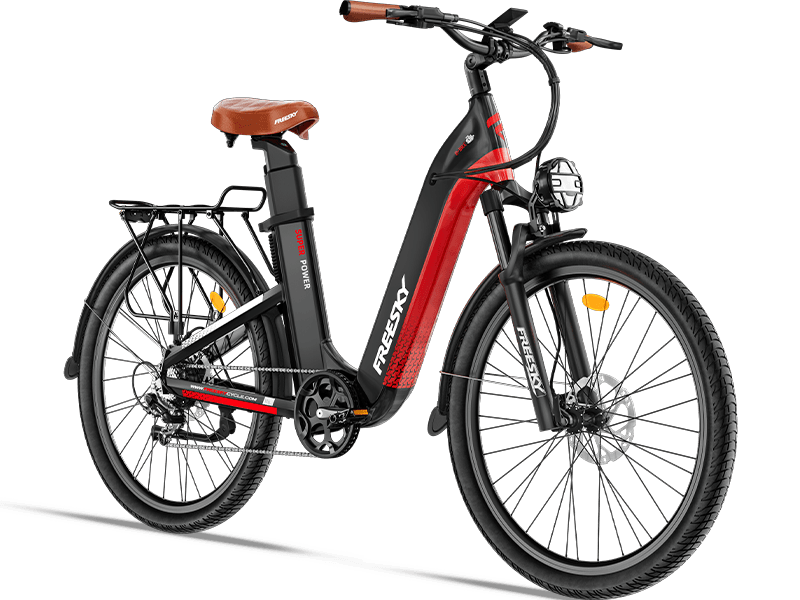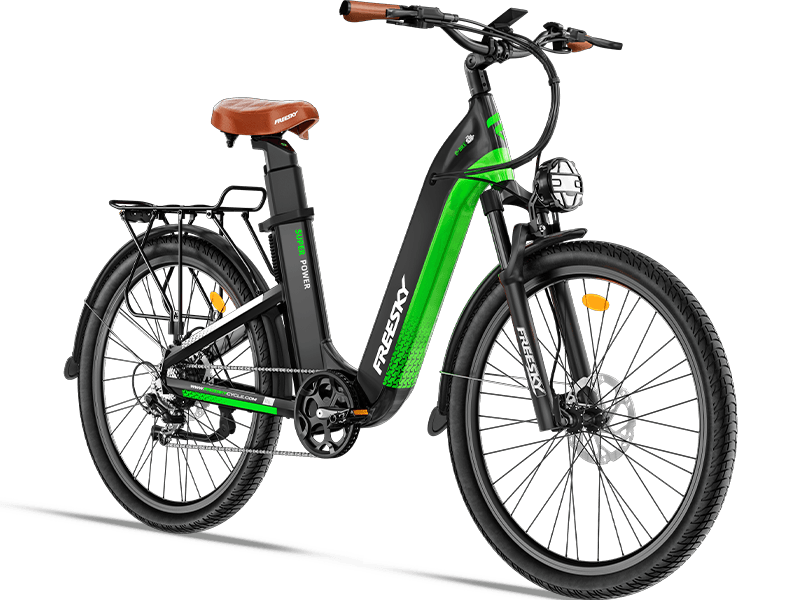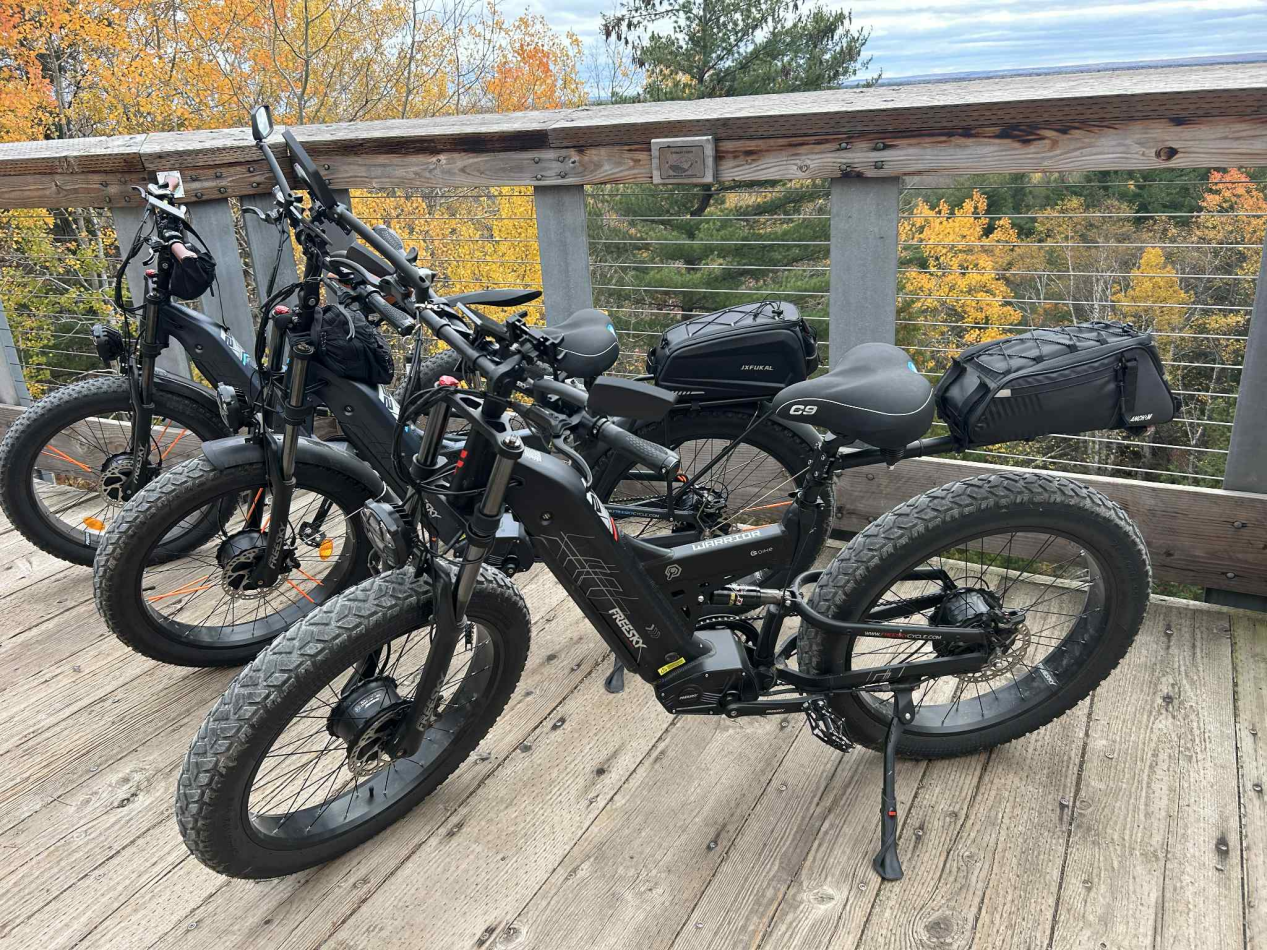Nov 27, 2025
UK Road-Legal Riding: Real Stories from FREESKY E-Bike Owners
Warrior Pro Real-World Test in the UK: Will You Actually Get Stopped by the Police?
500+ Days of Riding Experience from 6 UK Owners**
If you’re choosing an e-bike for use in the UK, you’ve probably had the same concern many riders do:“With the 250W limit and 25 km/h assist cap, will a powerful bike like the Warrior Pro attract police attention?”
Good news — we collected real feedback from 6 UK Warrior Pro owners and cross-checked it with UK EAPC regulations.Here’s the truth, based on over 500 days of real riding:
👉 If you ride in compliance mode, Warrior Pro can be used legally on UK public roads — without issues.
First: The 3 Core Requirements for a Legal E-Bike in the UK
Before we dive into rider experiences, here’s a quick refresher on what the UK government requires for a road-legal EAPC (Electrically Assisted Pedal Cycle):
Motor output must not exceed 250W, and electrical assistance must cut off at 25 km/h (15.5 mph).
Pedals must be functional, and the rider must be pedalling to receive assistance.
No licence, registration or insurance is required, and the minimum age is 14.
Key point:Warrior Pro is designed for the EU/UK market.When used in speed-limit mode, the bike keeps output ≤250W and cuts assistance at 25 km/h — fully compliant with UK EAPC rules.
Although the UK now uses the UKCA mark instead of CE, compliant EAPC models remain fully recognised. There is no conflict.
Real Rider Reports: What Are the Chances of Being Stopped by Police?
Based on feedback from riders across London, Manchester, Devon and other regions — covering both urban and rural use — here’s what we found.
1. City Commuters: Zero Issues Even When Passing Police
Mark Gilbert (England):“I ride my Warrior Pro everywhere. When the limiter is on, nobody pays attention. A police officer once looked at my bike and said it looked nice. Just don’t overspeed — ride in compliance mode and you’ll never have trouble.”
Brett Jennings (Manchester):“I use the Alaska Pro. I always switch on the limiter on public roads. Once during a road diversion I spoke directly with a police officer — he checked that I had pedals and proper gear, then waved me through. They focus on illegal bikes, not legal EAPCs.”
Yung Henney (London / Manchester):“In big cities police may glance at you, but as long as you ride normally they ignore you. I’ve ridden past police multiple times — they’re far more concerned about Surron-style bikes being ridden illegally. In Leeds city centre I even slow down to 15.5 km/h just to be extra safe.”
2. Suburban & Rural Riders: Riding Legally Means Being Invisible
James Nelson (Devon):“I keep the limiter on all the time. Even when police drive past, they don’t care. The bike looks big, yes — but if you ride legally, you’re not on their radar.”
Joe Ingham (England):“The trick is: don’t wear full face coverings, don’t use throttle-only mode, don’t overspeed. We often ride to the pub and pass police — they just say hello. Never been stopped.”
3. Special Situations: Even When Noticed, Compliance Mode Clears Everything
Majid Ali (England):“I’ve ridden my Warrior Pro for nearly a year. Once I stopped at a junction and a police car slowed down to look. They saw the pedals and helmet, realised it was an EAPC, and drove off. When passing police now I switch to PAS 0 and pedal — absolutely no issues.”
Why UK Police Don’t Focus on Legal E-Bikes
Based on rider reports and UK police statements, enforcement priority is very clear. Police typically focus on:
Electric motorcycles/scooters without pedals — treated as uninsured motor vehicles.
Overspeeding above 25 km/h, dangerous riding or traffic violations.
Suspicious appearance (full masking, riding aggressively).
Throttle-only illegal bikes or models without limiters.
A Warrior Pro ridden in legal mode, with pedals and proper safety gear, avoids every single enforcement trigger category.
👉 This is why compliant riders almost never get stopped.
Top 3 Tips for Zero-Risk Riding in the UK
To make your experience even smoother:
Before riding:Confirm that limiter mode locks the bike to ≤250W and 25 km/h.
While riding:
Keep the limiter on
Maintain ~24 km/h to stay comfortably under the assist cut-off
Wear a helmet and normal riding gear
Avoid face coverings or anything that looks “motorcycle-like”
If approached by police:Be polite, show the pedals, and explain:“This bike is set to EAPC-compliant mode for UK roads.”
Final Verdict: Is the Warrior Pro Worth Buying in the UK?
Absolutely — yes.
The real-world experience of six UK riders shows that:
Riding in compliance mode keeps you fully within UK EAPC rules
The chance of being stopped is extremely low
Warrior Pro’s performance, build quality and versatility make it ideal for both commuting and weekend rides
If you want a powerful bike but worry about legality, these rider stories are your best reassurance:
👉 Ride legally, ride confidently — and enjoy the full Warrior Pro experience.
Read More
Oct 16, 2025
🚴♂️ Finding Freedom Again: Ron’s Journey with the Freesky Alaska Pro M-520
At 60 years old, Ron Cairns from Bradford, Ontario, has lived a life defined by hard work and resilience. As a construction supervisor, he spent decades on his feet — until severe arthritis in both knees changed everything.
For 15 years, Ron battled constant pain and declining mobility. The physical strain took a mental toll, leading to anxiety and depression. “It was tough,” Ron recalls. “Every step hurt. I tried everything — medication, therapy, injections — but nothing gave me lasting relief.”
Then came another blow: a diagnosis of an autoimmune disease that severely damaged his kidneys. Soon, he was on dialysis and told it could take years before he’d receive a transplant.
A Turning Point
Before the transplant could happen, Ron’s doctors recommended double knee replacement surgery. The recovery process was long and grueling — but for Ron, it was the beginning of a new chapter.
“Regaining my mobility was life-changing,” he says. “After years of pain, I could finally move again.”
During his rehabilitation, a close friend introduced him to something that would completely transform his outlook on life — electric bikes.
Discovering the Alaska Pro M-520
“I wasn’t sure at first,” Ron admits. “But after trying an e-bike, I was hooked.” He soon purchased the Freesky Alaska Pro M-520, drawn by its dual battery system, fat tires, and powerful performance.
“It was perfect — the design, the comfort, the power. I could ride long distances without pain or strain. It gave me a sense of freedom I hadn’t felt in years.”
What began as short rides around town quickly turned into long adventures. Ron recalls one unforgettable trip:
“I rode from Bradford to Barrie, then along the Kobold Trail to Orillia and around Lake Simcoe — over 180 kilometers in one day. The wind in my hair, the open road ahead… I felt alive again. Like a kid, carefree and full of joy.”
A Second Chance at Life
Recently, Ron received a kidney transplant at Toronto General Hospital — just three days before sharing his story. “I’m beyond grateful for the gift of life,” he says. “And as I recover, I’m already dreaming about upgrading my Alaska Pro M-520 and getting back on the trails.”
For Ron, the bike isn’t just a mode of transport — it’s a symbol of recovery, freedom, and rediscovery.
“This bike gave me back a part of myself I thought I’d lost forever. The child I once was has come out again after 50 years.”
He smiles as he looks toward the future:
“I can’t wait to feel the wind in my hair and the sun on my face again. Thanks to Freesky, I know I’ve got many more adventures ahead.”
Read More
Oct 28, 2025
Finding Freedom on Two Wheels: A Property Manager’s Cycling Journey
At 58, I’ve spent much of my life managing properties — seven buildings and 180 apartments, to be exact. It’s a role that demands patience, attention to detail, and a steady hand. Over the years, I’ve come to appreciate the small victories that keep everything running smoothly and the satisfaction of creating a place where people truly feel at home.
But outside the world of maintenance schedules and resident calls, I’ve found another kind of balance — on two wheels.
Biking has become more than just a pastime; it’s a form of therapy, a source of peace, and a reminder that there’s always something new to explore. Every ride tells its own story. Some days take me along quiet backroads lined with hedgerows and open fields; others lead me down forest trails or into vibrant towns I might never have visited otherwise.
Each journey adds something special to life — a new perspective, a fresh breath of air, and a renewed sense of appreciation for the world around me. What began as a simple way to stay active has grown into one of the most meaningful parts of my life.
Biking keeps me grounded, curious, and connected — to the road, to nature, and to myself.
If you’re looking to rediscover that same sense of freedom and adventure, take a look at our latest collection of bikes and accessories — and start your own journey today.
Explore All E-Bikes
Read More


